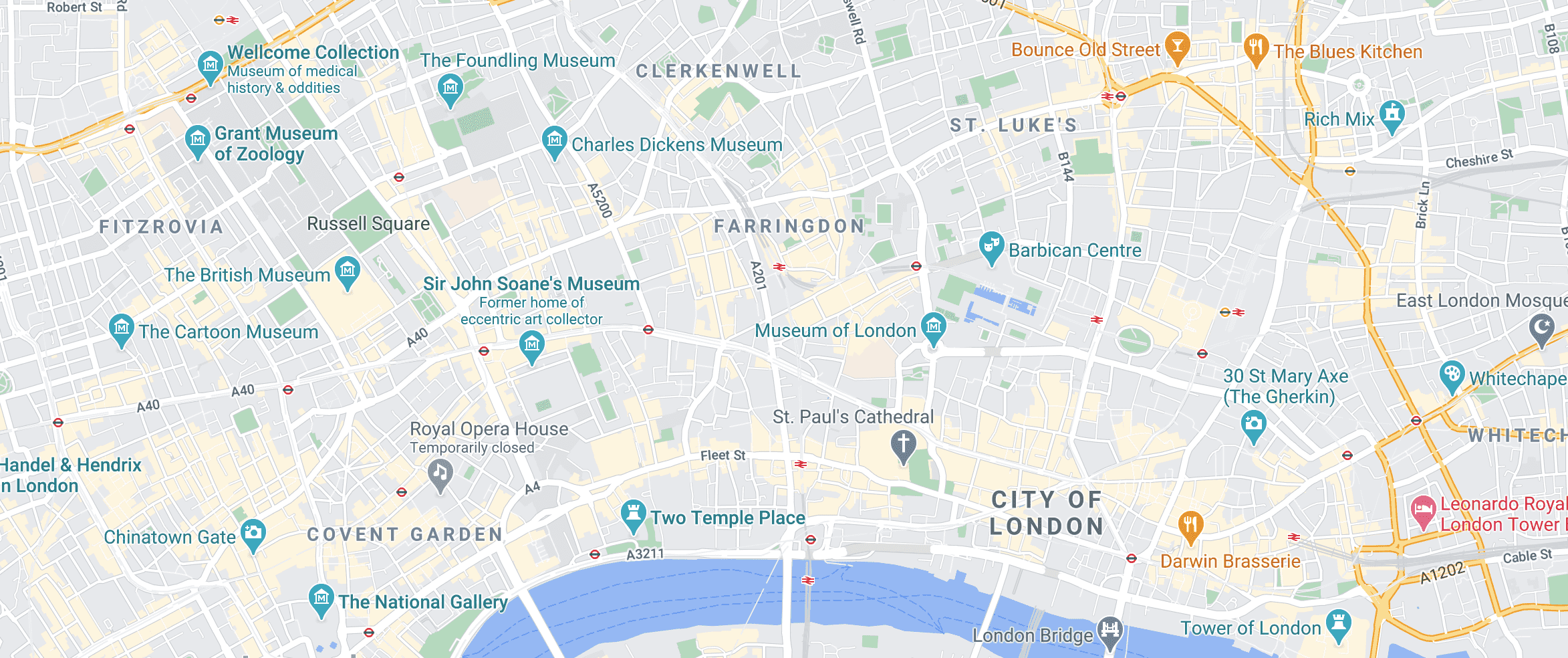Brandee Younger + Caoilfhionn Rose


Brandee Younger + Caoilfhionn Rose
Sun 17 November 2024
Stage time / 8:00pm
Doors / 7:30pm

Brandee Younger is a Grammy Nominated harpist, making waves for becoming the first Black female solo artist nominated in the Best Instrumental Composition category for her song “Beautiful Is Black” at the 2022 ceremony. Collaborating with artists such as Beyonce, John Legend, Lauryn Hill, and more, she demonstrates her ability to seamlessly inject the harp into arrangements and venues where it has historically been overlooked. Ms. Younger’s achievements are a testament to her deep love for and exemplary command of the instrument.
On April 7 (2023) Brandee released her new album Brand New Life on Impulse! Records. With singles like ‘You’re A Girl For One Man Only’ and ‘If It’s Magic’. In 2023, Brandee also performed for NPR Music celebrating Black Music month. For her Tiny Desk, Younger presented some of her newest entries into the jazz harp canon. Performing “Brand New Life” and “Moving Target” featuring vocalist Tatiana “LadyMay” Mayfield. Who’s ethereal voice perfectly complimenting the transcendental tones of the harp.
Opening for Brandee Younger is Manchester’s Caoilfhionn Rose.
Vigorous, searching and ever-curious, Caoilfhionn has found a voice at once ancient and modern, intrepidly exploring contemporary technology to transform traditional songcraft for the mid-2020’s.Caoilfhionn’s music is rooted in a knowledge of folk, jazz and all the twentieth century’s classic tunesmiths, and seems to create a magical, otherworldly space of her own imagining, blending Caoilfhionn’s core piano with synths, and pitting a live rhythm section and saxophone embellishments against ambient samples and future-facing production techniques.
“No harpist thus far has been more capable of combining all of the modern harp traditions — from Salzedo, through Dorothy Ashby, through Alice Coltrane — with such strength, grace and commitment.”
Ravi Coltrane, The New York Times
“Younger has almost single-handedly made a persuasive argument for the harp’s role in contemporary jazz…”
The New York Times








